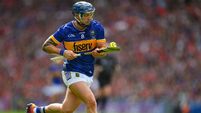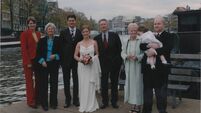Croker ladies day faces axe
More than 23,000 people watched the junior and senior deciders but that still falls significantly short of the 32,000 needed to ensure games are financially viable at the state-of-the-art venue.
Ladies finals have been played in Croke Park since the 1980s and the carrot of playing in the ground is a huge bargaining tool in the face of stiff opposition from other sports.














